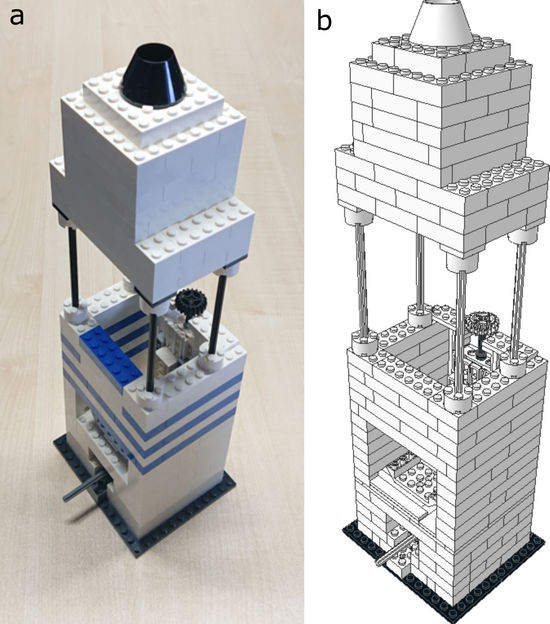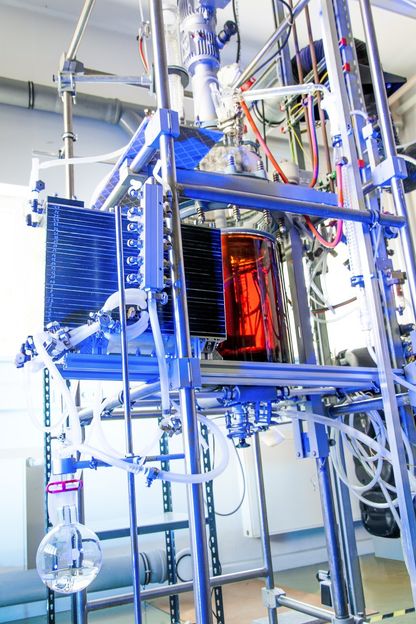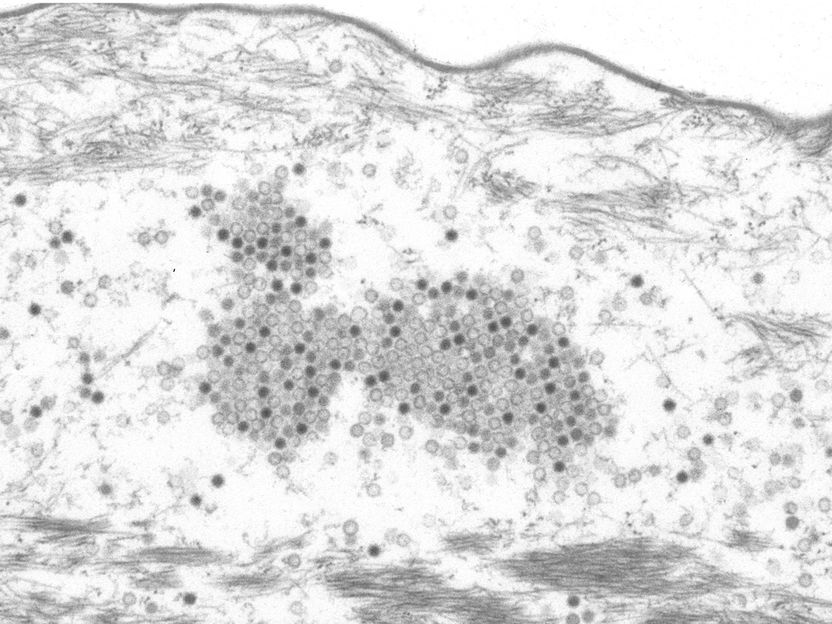Is lunar dust harmful to humans?
Roche’s xCELLigence System used to investigate effects of lunar and Martian dust on mammalian skin
Exposure to lunar dust during the Apollo missions resulted in reports of ocular, respiratory and dermal irritation, suggesting that lunar dust is a potential risk to human health. Because it is highly reactive and fine, extraterrestrial dust can quickly become wide-spread in human habitats. To best support future missions to the moon, Mars and other destinations, the health risk of extraterrestrial dust needs to be assessed. A team of scientists headed by Klaudia Brix, an expert in cell biology and skin regeneration at Jacobs University in Bremen, recently conducted a study using the xCELLigence System from Roche Diagnostics, providing extensive information about the effects of extraterrestrial lunar dusts on human health.
In this study, the research team evaluated the effects of extraterrestrial dusts on mammalian skin. HaCaT keratinocytes and CHO-K1 fibroblasts were exposed for various periods of time to dusts that simulate lunar or Martian soils. Particular attention was paid to changes in cell morphology and cell viability. Keratinocytes and fibroblasts were used because human skin protects the human body from potentially harmful substances and is also where wound healing occurs. Real-time, label-free cytotoxicity measurements were made by continually monitoring cell impedance using the xCELLigence System and performing the Roche MTT assay. In addition, phalloidin staining of the actin cytoskeleton and propidium iodide uptake assays were performed to investigate cellular structural integrity.
By looking at various functions of the two cell lines, the researchers were able to identify two types of simulated lunar dust: Following exposure to the simulated lunar dust, HaCaT keratinocyte proliferation, analyzed using Ki67 labeling, was suppressed in sub-confluent cultures, and regeneration of keratinocyte monolayers after a scratch wound was also found to be delayed. In particular, the finding that extraterrestrial dust exposure has a negative effect on wound healing will result in additional risk assessment studies when planning lunar lander extraterrestrial exploration. These important results will help scientists organize appropriate safety measures that will minimize the risks to human health when human skin is exposed to lunar or Martian dust on extraterrestrial missions.
Other news from the department science

Get the life science industry in your inbox
By submitting this form you agree that LUMITOS AG will send you the newsletter(s) selected above by email. Your data will not be passed on to third parties. Your data will be stored and processed in accordance with our data protection regulations. LUMITOS may contact you by email for the purpose of advertising or market and opinion surveys. You can revoke your consent at any time without giving reasons to LUMITOS AG, Ernst-Augustin-Str. 2, 12489 Berlin, Germany or by e-mail at revoke@lumitos.com with effect for the future. In addition, each email contains a link to unsubscribe from the corresponding newsletter.
Most read news
More news from our other portals
Last viewed contents
AstraZeneca acquires DSM Biologics manufacturing facility in Canada

Real-time observation of enzymatic processes on DNA - Insights into the molecular processes involved in the detection of DNA strand breaks

The Mozart effect myth: Listening to music does not help against epilepsy - In the past, Mozart’s music has been associated with numerous ostensibly positive effects on humans, animals, and even microorganisms
Test developed to detect early-stage diseases with naked eye - Prototype ultra sensitive disease sensor developed
Medicyte and PRIMACYT Receive Grant to Develop Human Liver Cells for Cell-based Therapies
Takeda and Galaxy Biotech Sign License Agreement for Galaxy's Investigational Antibodies for the Treatment of Cancer

High-resolution microscope built from LEGO and bits of phone - Research shows constructing microscope improves children’s understanding - enlightening, educational and fun

Green adhesives made from whey - New process for obtaining valuable ethyl acetate
The American Physiological Society - Bethesda, USA

ImevaX GmbH - München, Germany



















































